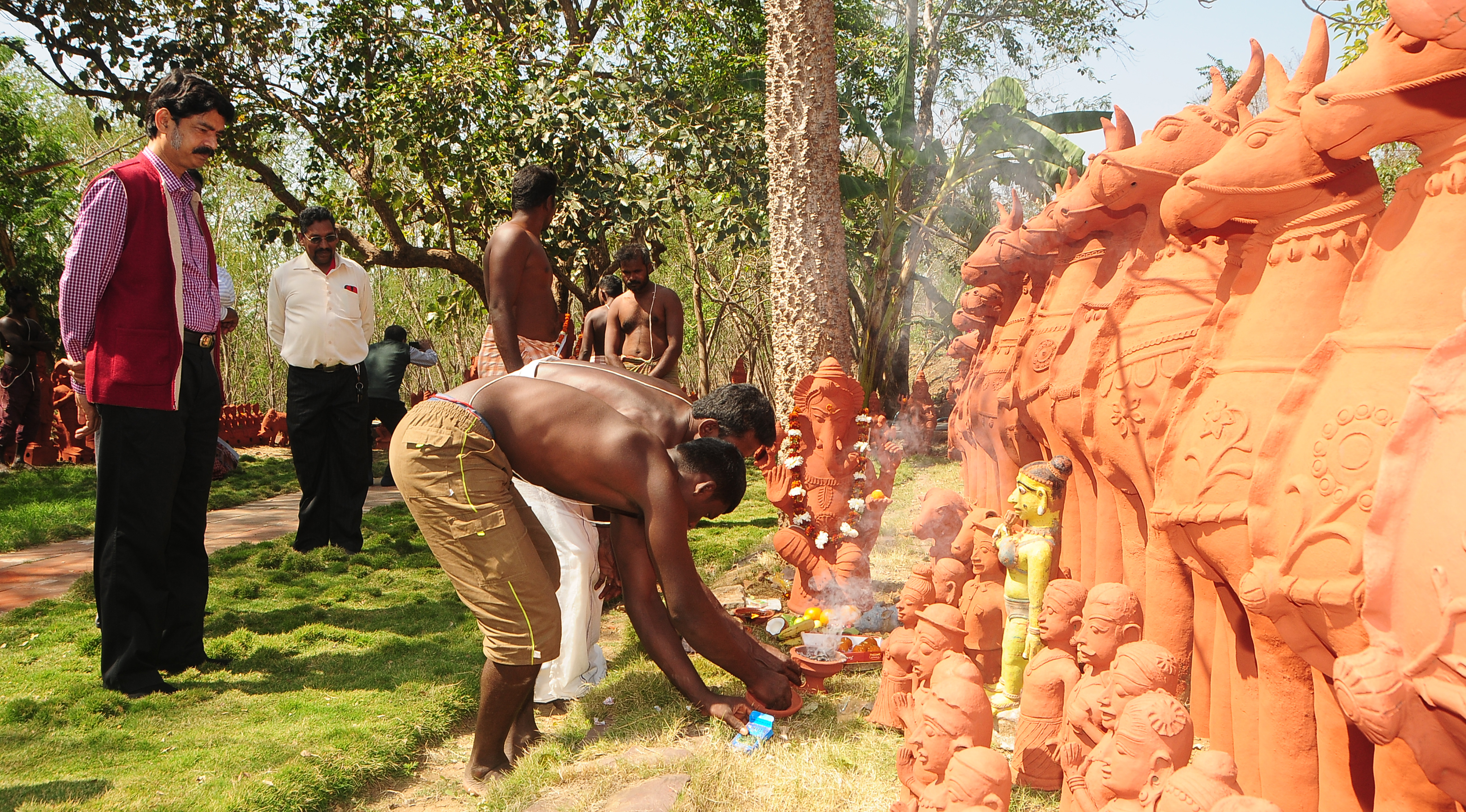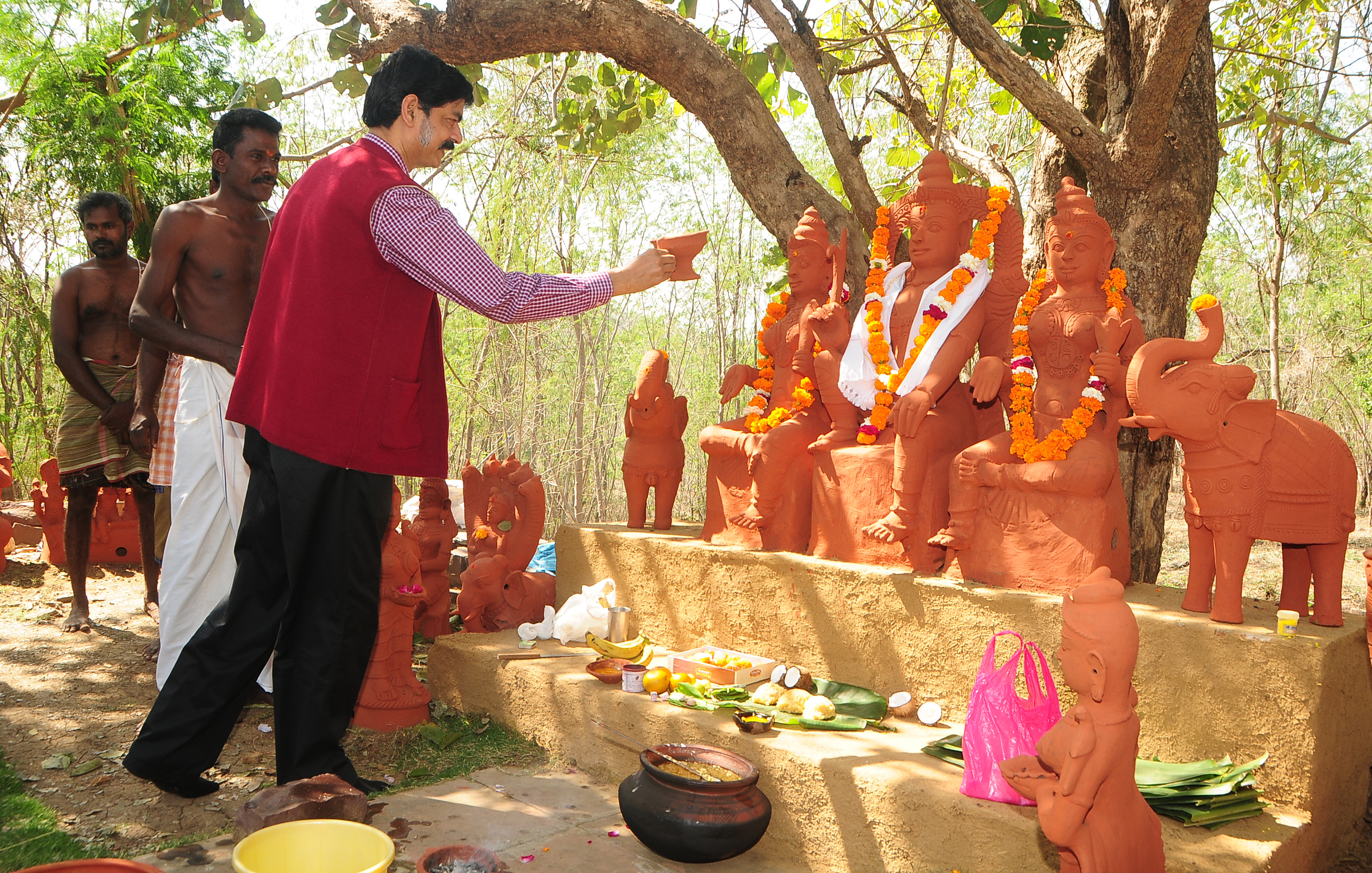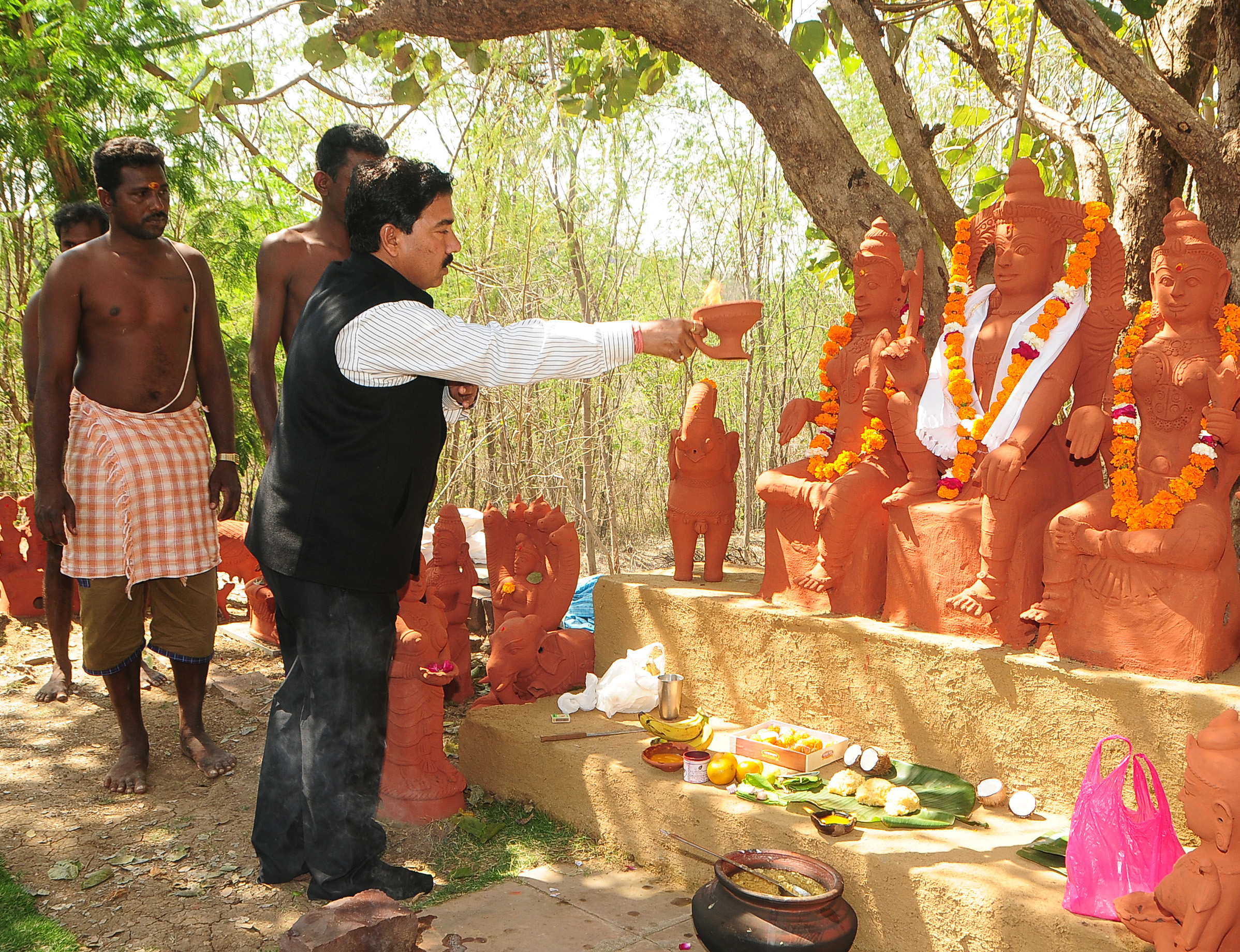- About Us
- Schemes
- Culture Scheme Dashboard
- Scheme of Financial Assistance for Promotion of Art and Culture
- Financial Assistance to Cultural Organizations with National Presence
- Cultural Function and Production Grant(CFPG)
- Financial Assistance for Preservation and Development of Cultural Heriatge of the Himalayas
- Financial Assistance for Development of Buddhist/Tibetan Arts and Culture
- Financial Assistance for Cultural Activities in Performing Arts for Building Grants Including Studio Theatres
- Financial Assistance for Allied Cultural Activities
- Financial Assistance for Promotion of Guru-Shishya Parampara (Repertory grant)
- National Mission on Libraries
- Financial Assistance for Construction of Tagore Cultural Complexes(TCC)
- Scheme of Financial Assistance under Seva Bhoj Yojna
- Scheme of Scholarship and Fellowship for Promotion of Art and Culture
- Museum Grant Scheme
- Scheme for Financial Assistance for Veteran Artists
- Scheme for Promotion of Culture of Science (SPOCS)
- Scheme for Safeguarding the Intangible Cultural Heritage
- Global Engagement Scheme
- Indian Conservation Fellowship Program (ICFP)
- Centenary and Anniversary Celebrations Scheme
- Mission
- ICR
- Commemorations
- CSL
- G20 CWG
- Contact Us
Aiyanar Deity the largest complex in North India at IGRMS, Bhopal
Aiyanar Deity the largest complex in North India at IGRMS, Bhopal
Renovated and rituals performed on 16th February, 2015, by the Terracotta artisan's from Tamil Nadu. Aiyanar is a guardian deity worshipped predominantly in the Indian state of Tamil Nadu and Tamil villages in Srilanka. The Tamil word Aiyanar is derived from the root word Aiya which is a title often used in southern India to designate respected persons. According to some other scholars the term Aiyar means a cowherd and a protector which is also an appropriate appellation for the deity. Aiyanar is a very ancient, ancestral, clan-based worship system linked to nature and fertility. Aiyanar shrines are usually located at the peripheries or boundaries of rural villages and the deity is seen riding a horse with a sword. The officiating priest of these shrines are the potters of Velar caste or those from within that particular community / clan-group which forms a large group of family associations. Aiyanar system is the base for forming large family clan associations and maintaining family values in rural areas of of Tamil Nadu. At the shrine of Aiyanar a large number of gods and godessess, some 61 divine agents are present along with atleast 18 associate deities. The gods are ranked according to the social and economical hierarchy in the village, and as in social life, the highest ranking gods are vegetarian, whereas the lower ranking ones are non-vegetarian. Several votive figures such as those of men or manitham, women or penmani and children or mazdalai and large more than life size figures of horses and other animals are offered to the deity Aiyanar on various occasions. Upon wish fulfilment, usually for the birth of a child or the health of one's parents or spouse – the devotee promises to offer the deity such figures, made upon request by the Velar community of potters. Usually men visit such sanctuaries as the women are not advised to go to regions presided over by mischievous spirits such as Veeran and Kateri. The festival of Aiyanar are celebrated at the shrines, often located in sacred groves during spring season by all the related clan. Made hollow, using the coil technique with a mixture of clay and rice husk these figures are either painted with red ochre or sometimes also with white lime, coal black and turmeric after being fired.
Date: February 17, 2015













